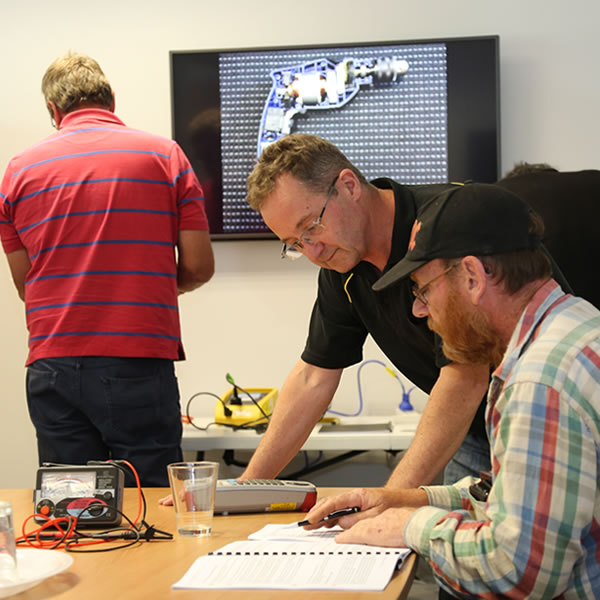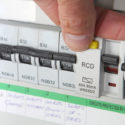- Call Us Today!
- 1300 TESTAG
- 1300 837 824
Why Do Some Appliances Have An Earth?

Test and Tag License
13/03/2019
Safety Inspectors Blitz Construction Sites On Both Sides Off The Border
23/03/2019Why Do Some Appliances Have An Earth?
Why Do Some Appliances Have An Earth?
Have you noticed some appliances have an earth and some don’t? Maybe you bought a light fitting from the hardware store and it had a sticker “Double Insulated, Do Not Earth“?
What is an earthed appliance and what does the earth do?
To provide a level of protection against electric shock, a system known as the protective earth incorporated in the wiring circuit of buildings and some appliances.
Early forms of electrical wiring used only two wires; an active (live) and a neutral. This is still common in many countries.
In countries using the protective earth system, a third wire commonly called the earth or ground is included in the wiring of buildings and some appliances.
An appliance with a protective earth has the usual an active (live) and a neutral conductors plus an extra conductor known as the “earth conductor”. One end of the earth conductor is connected to the accessible earthed parts of the appliance, for example the metal chassis. The other end of the earth conductor is connected to the earth pin on the flexible supply lead plug. Appliances that have a protective earth are called Class 1 appliances.
The purpose of the earth is to protect the user from electric shock from a defective electrical appliance.
Here is a short explanation of how it works.
Let’s suppose you have a flood light and the live wire has come lose inside the flood light and is touching the metal chassis. When you plug the flood light into the power outlet and turn it on the chassis will become live and you have a high chance of getting an electric shock if you touched it.
The good news is this flood light has a protective earth so the current will flow “to earth” instead of through you. The earth conductor provides an alternative pathway that has less electrical resistance than you do. The average adult has around 3,000 Ω (ohms) – 4,000 Ω of resistance whereas the protective earth should have less than 1Ω .
Here is a diagram that shows a typical protective earth circuit of a domestic home.

Looking at the diagram, follow the green earth wire from the metal chassis of the appliance to the earth pin on the supply lead plug. This earth pin makes a connection with the earth terminal in the power point, which in turn, is connected to the earth bar in the switchboard and then the earth stake outside the premises. In this example the current can flow along the earth lead, back to the switch board and then safely dissipate through the earth stake into the ground.
Although the protective earth is of a fairly simple design, it is very effective in protecting people from electric shock.
Part of the testing and tagging process is to check the integrity of the protective earth of the appliance so users are protected. For more information about having your appliances checked, see out testing and tagging service or contact us for more information. Or to learn how to test and tag appliances, visit our test and tag training site.
Cheers

John Blackburn
Director

Want to learn everything Test & Tagging?
John Blackburn offers a complete online course with lifetime support for any questions you might have. John has over 15 years of experience in the Test & Tagging industry and is a recognised expert in the Australian Test & Tagging sector. All of his courses are AS3760 compliant.This information is general in nature, should be used as a guide only and read in conjunction with the relevant Standard(s), State and/or Federal Legislation, Codes of Practice and Industry Standards specific to your workplace. A proper risk assessment should be under taken before acting on the information provided in this document or any related material. Further information can also be obtained from your local Workplace Authority, Electrical Safety Authority or a suitably qualified persons. This article is copyright protected.




